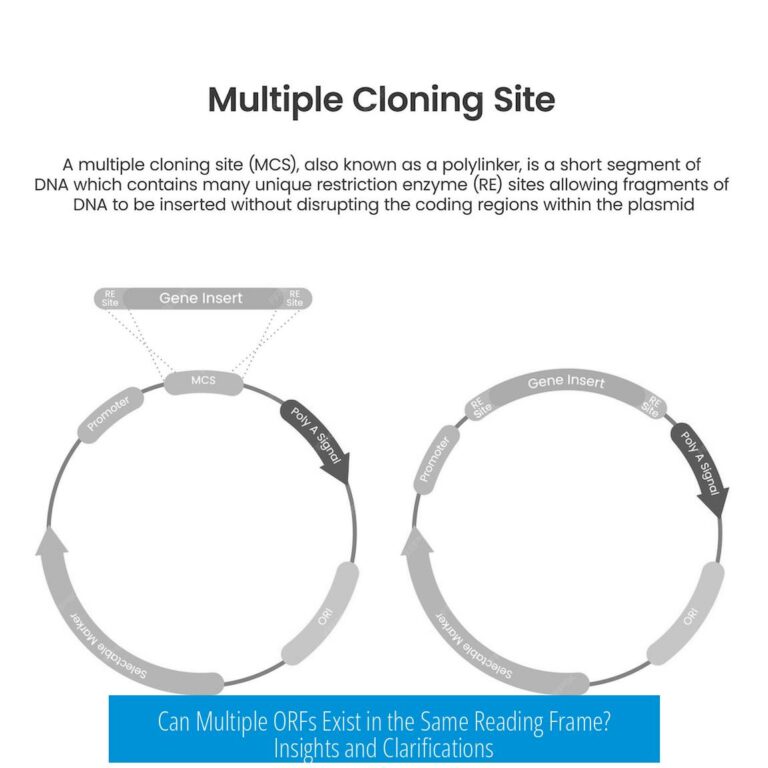Might Be a Dumb Question But: Understanding Steric Numbers and Hybridization in CH3+ and CH3-

The key difference between CH3+ (methyl cation) and CH3- (methyl anion) lies in their steric numbers and corresponding electronic geometries. CH3+ has a steric number of 3, while CH3- has a steric number of 4 due to the presence of electron pairs. This difference governs their hybridization and shape.
Steric Number and Charge State
Carbon is tetravalent, meaning it forms four bonds in its neutral state. In methane (CH4), carbon has four single bonds to hydrogen, maintaining no net charge. When a hydrogen is removed:
- Replacing it with an electron pair yields CH3- (methyl anion), which has four substituents around carbon (three hydrogens plus one lone pair).
- Removing a hydrogen without replacement results in CH3+ (methyl cation) that has three substituents, leading to a positive charge on carbon.
Electronic Geometry and Hybridization

| Species | Steric Number | Geometry | Hybridization |
|---|---|---|---|
| CH3- (Methyl Anion) | 4 | Tetrahedral (AX3E) | sp3 |
| CH3+ (Methyl Cation) | 3 | Trigonal planar (AX3) | sp2 |
The methyl anion has a lone pair replacing one hydrogen, which increases the steric number to 4. This gives it tetrahedral electronic geometry and sp3 hybridization. Conversely, the methyl cation loses one substituent, lowering its steric number to 3. This results in trigonal planar geometry and sp2 hybridization.
Carbon Hybridization: A Quick Guide
- sp: Two groups (bonds or lone pairs), linear geometry.
- sp2: Three groups, trigonal planar geometry, as in CH3+.
- sp3: Four groups, tetrahedral geometry, as in CH3-.
Practical Advice

To visualize and better understand these concepts, building molecular models can be helpful. Kits that allow building hydrogens, lone pairs, and charge states provide hands‐on clarity on steric numbers and hybridization.
Key Takeaways
- CH3+ has steric number 3, trigonal planar shape, sp2 hybridization.
- CH3- has steric number 4, tetrahedral shape, sp3 hybridization.
- Carbon’s valency of 4 governs bonding and charge states.
- Electron pairs affect steric number and molecular geometry.
- Using models aids comprehension of these fundamental concepts.
Might Be a Dumb Question But… What’s Up With CH3+ and CH3- Steric Numbers and Hybridization?

Ever paused mid-study and thought, “Might be a dumb question but why does CH3+ have a steric number of 3 while CH3- clocks in at 4?” Don’t sweat it. This question pops up more often than you’d think, and it’s actually a clever entry point into understanding some fundamental chemistry quirks about carbon’s bonding and electronic geometry. Let’s unravel this together in an easy, no-nonsense way. Spoiler alert: it’s not dumb. It’s smart curiosity.
So, what’s the deal with these steric numbers? In short, steric number counts the total number of atoms and lone pairs attached to a central atom. Electrons take up real estate, and that’s why their presence or absence changes the count.
CH3+ vs CH3- Steric Numbers Explained
Think of CH3+ as a carbon crowned with three hydrogen atoms but missing an electron pair. This leaves only three groups around carbon—three bonds, no lone pairs. Hence, its steric number is 3.
Now, flip the coin to CH3-. Here, carbon keeps those three hydrogens but also holds onto an extra lone pair instead of losing one electron. That means four groups surround the carbon: three hydrogen atoms and one lone electron pair. This ups the steric number to 4.
Why does this matter? Because steric number influences the shape and bonding hybridization of the molecule. Electrons, not just atoms, demand space, making their presence critical.
Carbon’s Valency and Charge State: What’s Really Happening?
Carbon is famously tetravalent—it loves to make 4 bonds to stay neutral and stable. Picture methane (CH4); four hydrogens are tightly bonded, and carbon’s happy, charge-neutral.
When we remove a hydrogen from methane, two paths appear. Remove a hydrogen and insert an electron pair (a lone pair). You now have the methyl anion (-:CH3), which still sports 4 groups around carbon (3 hydrogens + 1 lone pair), maintaining that tetravalent vibe.
Alternatively, just removing the hydrogen without that lone pair leaves carbon with only three groups to bond with—this forms the methyl cation (+CH3). Consequently, carbon is now positively charged and under-packed, only connected to three atoms.
What About Electronic Geometry and Hybridization?
Ah, the geometry that keeps molecules looking sharp! Knowing the arrangement around carbon helps predict molecule shape, hybridization, and reactivity.
- Methyl Anion (-:CH3): With 3 hydrogens and 1 lone pair, it’s an AX3E system (A = carbon, X = atoms bonded, E = lone pairs). This translates to a tetrahedral electronic geometry and sp3 hybridization. Think pyramid-like, balanced and full.
- Methyl Cation (+CH3): Three bonded hydrogens, no lone pairs—AX3 system. This gives it a trigonal planar geometry and sp2 hybridization. It’s flat, with a bit of electron vacancy causing that positive charge.
In summary, the lone pair in the methyl anion fills space and pushes the geometry into 3D tetrahedral, while the missing electron in the methyl cation flattens it out.
The Hybridization Cheat Sheet for Carbon: A Quick Lookup
Want a speedy reference to carbon’s hybridization landscape? Here’s a handy guide to remember:
| Hybridization | Groups Around Carbon | Example Situations |
|---|---|---|
| sp | 2 bonds or 1 bond + 1 Lone Pair | Carbon with a triple bond (like acetylene) or with a lone pair plus a single bond |
| sp2 | 3 bonds or 2 bonds + 1 Lone Pair | Methyl cation (+CH3) or molecules with double bonds |
| sp3 | 4 bonds or 3 bonds + 1 Lone Pair or 2 bonds + 2 Lone Pairs | Methyl anion (-:CH3), methane (CH4), and amines |
Practical Tip: Build It for Better Understanding
Reading alone sometimes falls short. The simple act of building these carbon species with a molecular model kit turns abstract concepts into tangible insights. You’ll see the difference in shape and hybridization right before your eyes. Plus, playing with models is oddly satisfying—a chemistry puzzle that clicks.
By assembling CH3+ and CH3-, you feel the difference between trigonal planar flatness and tetrahedral bulk. It clarifies why hybridization shifts with electron count.
Why Should You Care About All This?
Grasping the difference in steric numbers and hybridization for charged methyl groups isn’t just academic. It’s crucial for mastering organic reaction mechanisms. The shape and electron arrangement influence how these species react, bond, and behave in larger molecules.
Ever wondered why methyl cations are so reactive and play starring roles in carbocation rearrangements? Their empty p-orbital and planar shape make them hot candidates for nucleophile attacks. Methyl anions, with that electron-rich lone pair, act as bases or nucleophiles, eager to bond.
Recognizing these subtle differences leads to better predictions and smarter chemistry problem-solving.
Wrapping It Up
So no, your question isn’t dumb. Asking why CH3+ has a steric number of 3 while CH3- sports 4 probes fundamental carbon chemistry. It unlocks insights about electron lone pairs, molecular shape, and hybridization that matter for understanding many organic molecules and reactions.
These aren’t just textbook trivia—they’re the keys to predicting how molecules behave. And if you’re ever stuck again, just imagine carbon at the center of a tiny, dynamic party. Guests (bonds) and uninvited plus or minus charges change the vibe and the space everyone takes up. To really ‘get’ it, build the models, quiz your brain, and embrace that curiosity!
Next time someone says “Might be a dumb question but…” you’ll know it’s the spark of an excellent chemistry mind at work.
What does a steric number tell us about CH3+ and CH3-?
The steric number shows how many electron groups are around carbon. For CH3+, it is 3 because it has three bonds. For CH3-, it is 4 due to three bonds plus one lone pair.
Why is the carbon in CH3+ trigonal planar and in CH3- tetrahedral?
CH3+ has three groups around carbon, making it trigonal planar with sp2 hybridization. CH3- has four groups, including a lone pair, giving it a tetrahedral shape with sp3 hybridization.
How does the charge on methyl species affect carbon’s valency?
Neutral carbon has four bonds. In CH3-, a lone pair replaces a hydrogen, keeping four groups. In CH3+, losing a hydrogen leaves only three groups, which changes its bonding and charge.
Can hybridization change if lone pairs replace bonds?
Yes. Lone pairs count as electron groups. For example, sp3 hybridization includes cases with lone pairs and bonds adding to four groups, like in CH3-.
Is building models helpful to understand these carbon species?
Using a model kit can clarify carbon’s geometry and hybridization. It helps visualize the difference between three and four electron groups around carbon.





Leave a Comment